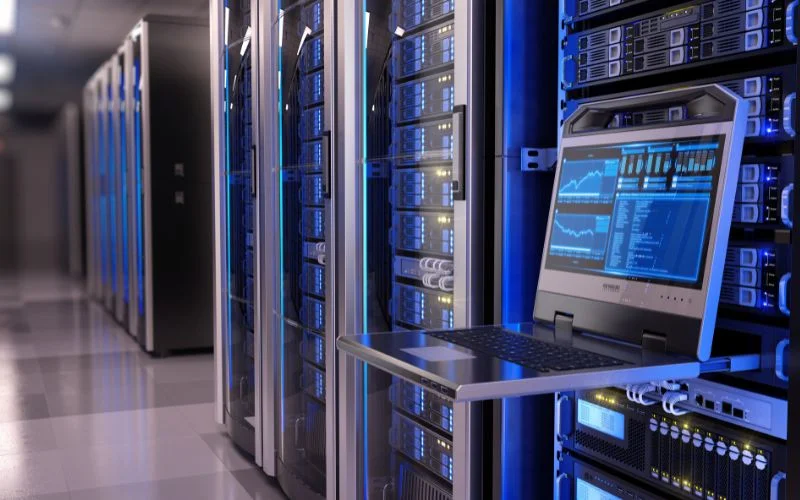
When you have a data center, you must keep it safe. Much of this involves adjusting temperature and environmental changes within certain parameters. The relative humidity of the data center has to be just the right amount for things to work properly.
First, let’s define a few terms. Humidity is the moisture in the air. We measure it by the temperature related to the maximum amount of moisture in the air. Most people are familiar with how humidity feels.
What’s the Standard Humidity Level?
In data centers, humidity must be just right for servers to run at peak performance. So, what happens if the humidity is too low? When the humidity is too low, electrostatic discharge (ESD) can damage sensitive components. The optimal humidity level is between 44 to 55 percent. What are the dangers of low humidity in server rooms?
The Effects of ESD
We briefly mentioned what happens when ESD occurs in the air. This is a key danger of low humidity in server rooms. ESD can generate a lot of heat. So much so that plastic parts in electronic devices can melt, creating a cascading effect of damaging server components. This is why everyone that works at data centers might typically wear wrist straps and stand on an ESD floor mat.
How To Monitor Humidity Levels
There are several ways to monitor humidity levels to tell when they will reach critical mass. Temperature and humidity sensors are connected to monitoring devices. These can sense levels of humidity and temperature. The benefit of this dual design is that it adds a high level of nuance and control when adjusting humidity levels.
Keeping your servers safe is predicated on properly managing temperature and humidity levels. However, you also have to make sure you have the right equipment. At AMCO Enclosures, we have the best data center racks for all your needs. Shop AMCO today!
